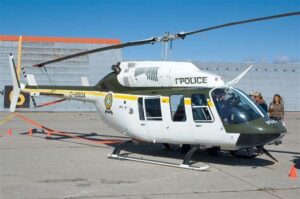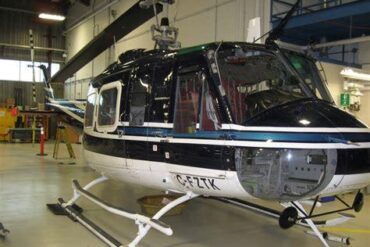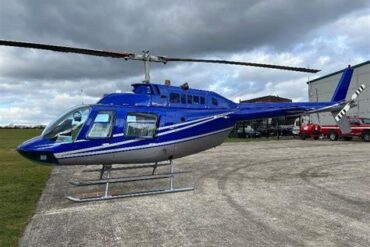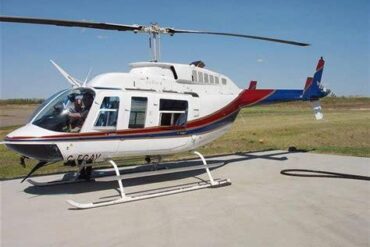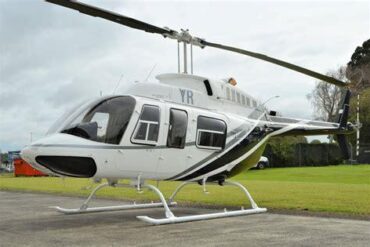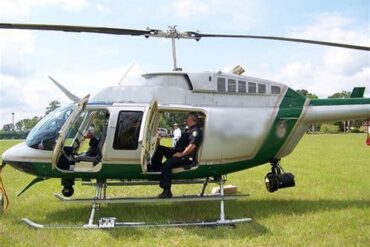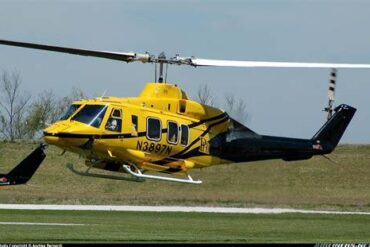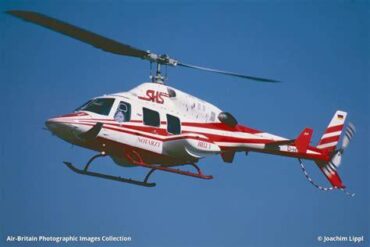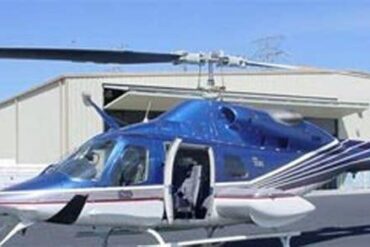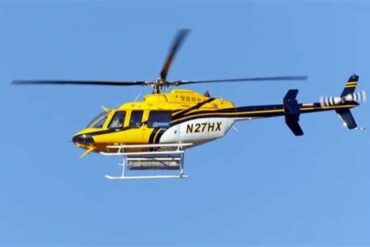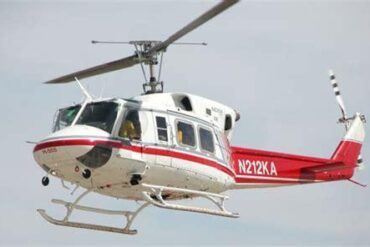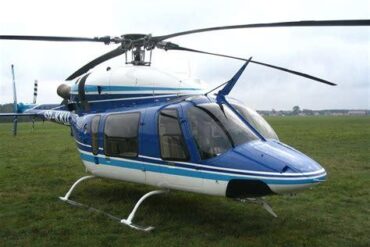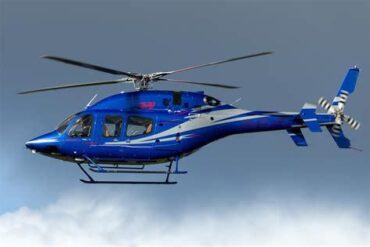The Bell 206LT is a prominent name in the world of helicopters, known for its versatility and reliability. As operators consider adding this aircraft to their fleet, it is crucial to understand not just the purchase price but also the operating costs associated with it. In this article, we will provide an in-depth analysis of the Bell 206LT in terms of its acquisition costs, ongoing expenses, maintenance requirements, and more.
Overview of the Bell 206LT
The Bell 206LT is part of the Bell 206 family, which has been a favorite among operators for decades. It features a turbocharged engine that provides enhanced performance over its predecessors. This model is particularly popular in the law enforcement, tourism, and medical evacuation sectors due to its reliability and efficiency. Understanding its specifications, capabilities, and performance metrics will help prospective buyers make informed decisions.
Specifications
-
Crew: 1 pilot
-
Capacity: Up to 5 passengers
-
Length: 40 ft 4 in (12.3 m)
-
Height: 10 ft 4 in (3.15 m)
-
Maximum Takeoff Weight (MTOW): 3,200 lbs (1,450 kg)
-
Powerplant: Allison 250-C20R turbo shaft engine
-
Cruise Speed: Approximately 130 knots (150 mph)
-
Range: 350 nautical miles (400 miles)
Acquisition Costs
When considering the purchase price of the Bell 206LT, various factors come into play. The cost can vary significantly based on the condition, year of manufacture, modifications, and market demand. On average, the acquisition cost for a pre-owned Bell 206LT ranges from $500,000 to $1,000,000. New models can push the price up to $1.5 million or more depending on customizations.
Factors Affecting Price
-
Age and Condition: Older models may be less expensive but could incur higher maintenance costs.
-
Customization: Additional features, avionics upgrades, and other customizations can increase the price significantly.
-
Market Demand: Economic conditions and demand for helicopters in specific sectors can drive prices up or down.
-
Maintenance History: A well-documented maintenance history can enhance resale value.
Financing Options
Many operators consider financing options when purchasing a Bell 206LT. Various banks and financial institutions offer loans tailored for aviation purchases. Common options include:
-
Bank loans: Standard loans with fixed or variable interest rates.
-
Leasing: Operating leases allow operators to use the aircraft without full ownership.
-
Tax Benefits: Consult with a tax advisor to explore potential deductions related to aircraft ownership.
Operating Costs
Once the Bell 206LT is acquired, ongoing operating costs must be considered. These expenses can be categorized into several key areas:
Fuel Costs
The Bell 206LT typically consumes about 20 to 25 gallons per hour of Jet A fuel, depending on operational conditions. At an average price of $5.00 per gallon, fuel costs can range from $100 to $125 per hour of flight. Operators should also consider fluctuations in fuel prices and their impact on overall costs.
Maintenance and Repairs
Routine maintenance is essential to keep the Bell 206LT in optimal condition. Maintenance costs can vary based on usage, but an estimated range for maintenance expenses is $50,000 to $100,000 annually. Key factors include:
-
Scheduled Maintenance: Adhering to the manufacturer’s recommended maintenance schedule is crucial for safety and efficiency.
-
Parts Replacement: Regular inspections may lead to the need for replacing parts such as rotor blades, engines, and hydraulic systems.
-
Labor Costs: Hiring certified technicians or utilizing maintenance services will incur additional expenses.
Insurance Costs
Insurance is a critical consideration for helicopter operators. Costs can vary widely based on coverage levels, pilot experience, and operational use. On average, operators can expect to pay between $10,000 and $25,000 annually for insurance coverage. Factors influencing insurance premiums include:
-
Type of Coverage: Liability, hull, and passenger coverage are common options.
-
Pilot Experience: More experienced pilots can often secure lower premiums.
-
Operational Risks: High-risk operations may lead to higher insurance costs.
Hangar and Storage Costs
When not in use, the Bell 206LT requires a secure storage space. Hangar fees can vary based on location and amenities. On average, operators should budget between $1,000 and $3,000 per month for hangar space. Key considerations include:
-
Location: Hangar costs can differ significantly between urban and rural areas.
-
Facilities: Enhanced facilities may demand higher fees.
Pilot and Crew Salaries
If the helicopter is operated commercially, salaries for pilots and crew members must be factored in. The average salary for a Bell 206LT pilot ranges from $70,000 to $120,000 annually, depending on experience and operational demands. Costs may include:
-
Salaries: Competitive salaries for skilled pilots and crew.
-
Training: Regular training and certifications are essential for safety and compliance.
Miscellaneous Costs
Additional operating costs include:
-
Landing Fees: Charges for using airport facilities, which can vary based on location.
-
Navigation and Communication Fees: Costs associated with using air traffic control services.
-
Miscellaneous Supplies: Costs for items like cleaning supplies, emergency equipment, and other operational necessities.
Cost-Benefit Analysis
Conducting a cost-benefit analysis is vital for potential operators of the Bell 206LT. By understanding both the fixed and variable costs, operators can make informed decisions about their investment. The analysis should include:
-
Expected Revenue: Estimating potential income from operations, such as charter flights or medical evacuations.
-
Operational Efficiency: Evaluating how the Bell 206LT fits into operational goals, including speed, reliability, and passenger capacity.
Financial Planning
Effective financial planning will help operators manage costs and optimize profitability. Some strategies include:
-
Budgeting: Creating a detailed budget to track all expenses associated with the Bell 206LT.
-
Cost Control: Implementing measures to reduce unnecessary expenses, such as energy-efficient practices.
-
Forecasting: Anticipating future costs based on usage patterns and market conditions.
Conclusion
The Bell 206LT is a highly regarded helicopter that offers substantial benefits for various operational needs. Understanding the purchase price and operating costs is essential for making a sound investment. By conducting thorough research and considering all associated costs, potential operators can position themselves for success. Whether for commercial use, medical services, or private ownership, the Bell 206LT remains a powerful choice for those in the aviation sector.
